Guide to Warm-Season Grasses
BY MEL CHILDS | MAY 5TH, 2023 | BLOGGrass is just grass, right? Not hardly. If you live in southern U.S. states, you most likely have a warm-season grass for your lawn. This guide to warm-season grasses will explain why these are your best choices and detail how to keep your lawn green and healthy.
In This Guide:
- What Are Warm-Season Grasses?
- Common Warm-Season Grasses
- Caring for Warm-Season Grasses
- FAQ About Warm-Season Grasses
What Are Warm-Season Grasses?
Warm-season grasses thrive in the southern U.S., where temperatures pretty consistently remain between 75 and 95 degrees. Warm-season grasses tend to go dormant when the temperature drops below 55 degrees.
The most common types of warm-season grasses are:
Certain grass types similarly are common in other regions of the country.
Cool-season grasses: These grasses typically thrive well in cooler climates of the northern United States and can withstand colder temperatures better than warm-season grasses. Some cool-season grasses also have strong drought tolerance.
Cool-season grasses include fine fescues, tall fescue, Kentucky bluegrass, and perennial ryegrass.
Transition zone grasses: If you live in a band across the middle of the U.S., also known as the transition zone, you can choose from warm-season grasses and cool-season grasses.
Rule of thumb: Though you have a wider range of grass choices in the transition zone, homeowners in the northern part tend to choose a cool-season grass, and if your home is in the southern part you likely would choose a warm-season grass.
if you aren’t sure what type of grass you have, contact your local Cooperative Extension office to help you learn the type of grass you have in your yard.
Common Warm-Season Grasses
Warm-season grasses include bahiagrass, bermudagrass, centipedegrass, St. Augustinegrass, and Zoysiagrass. Here’s what you need to know about each of these warm-season grasses:
Bahiagrass
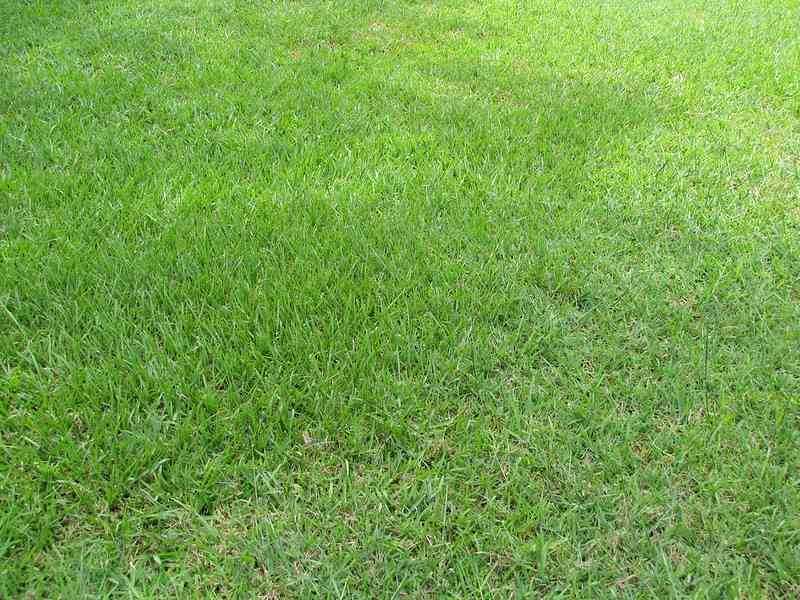
Photo Credit: Forest and Kim Starr / Flickr / CC BY 2.0
Bahiagrass is very drought tolerant, disease tolerant, and pest-tolerant, and it’s low maintenance.
How to tell if you have bahiagrass: Blades form in a Y shape as they grow.
Bahiagrass can handle a considerable amount of foot traffic but needs frequent mowing because of the seedheads that sprout from the grass. This tough flowering part of the grass can take a toll on mowers, so keep your blades sharp as possible when mowing this grass.
- Classification: Warm-season grass
- Potential for Disease: Low; can develop leaf spot
- Shade Tolerance: Low
- Drought Tolerance: Very high
- Foot Traffic Tolerance: Moderate
- Maintenance Needs: Low
- Mowing Height: 3 to 4 inches
- Spreads by: Stolons and rhizomes
Bermudagrass
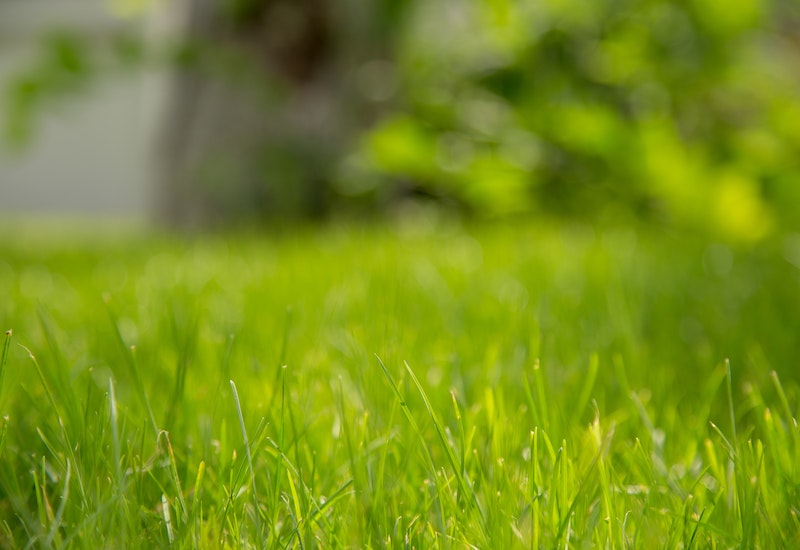
Photo Credit: Pexels
Bermudagrass is sun loving, drought tolerant and can handle a lot of foot traffic. The only downsides? This grass requires a lot of maintenance and treatments for some common lawn diseases.
How to tell if you have bermudagrass: Your grass blades are light- or dark-colored and resemble the foot of a bird. Bermudagrass spreads by rhizomes and stolons, and you may see them creeping out of your yard toward the sidewalk.
- Classification: Warm-season grass
- Potential for Disease: High; may succumb to dollar spot, spring dead spot, large patch, rust, leaf spot
- Shade Tolerance: Low
- Drought Tolerance: High
- Foot Traffic Tolerance: High
- Maintenance Needs: High
- Mowing Height: 1 to 1.5 inches
- Spreads by: Rhizomes and stolons
Centipedegrass
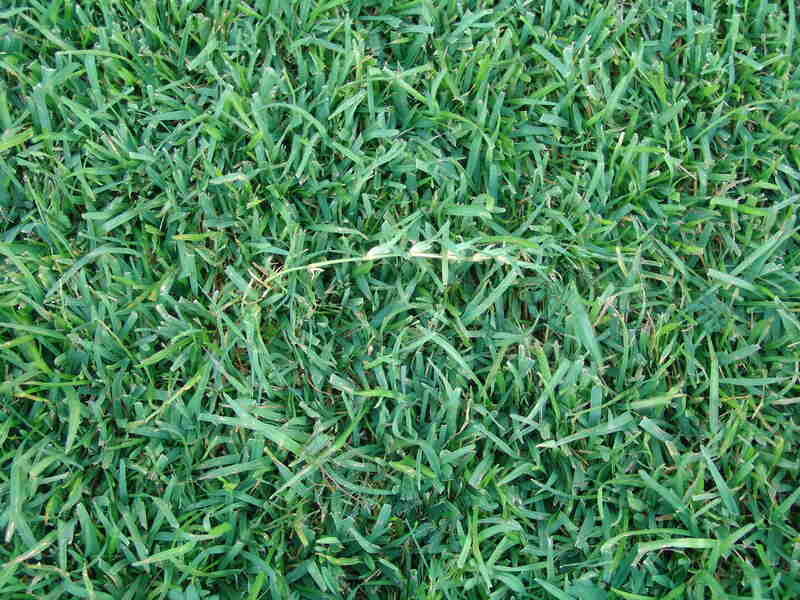
Photo Credit: James Becwar JamesBecwar / Wikimedia Commons / CC0
Centipedegrass is a low-maintenance grass that is not prone to many lawn diseases. The only downside? Centipedegrass doesn’t handle foot traffic well.
How to tell if you have centipedegrass: This grass has a light green color and rounded blade tip. Centipedegrass spreads by stolons and has a dense look and coarse texture. Its dense, fast growth helps naturally prevent weeds.
- Classification: Warm-season grass
- Potential for Disease: Moderate; succumbs to large patch (also known as brown patch)
- Shade Tolerance: Moderate
- Drought Tolerance: Moderate
- Foot Traffic Tolerance: Low
- Maintenance Needs: Low
- Mowing Height: 1.5 to 2 inches
- Spreads by: Stolons
St. Augustinegrass
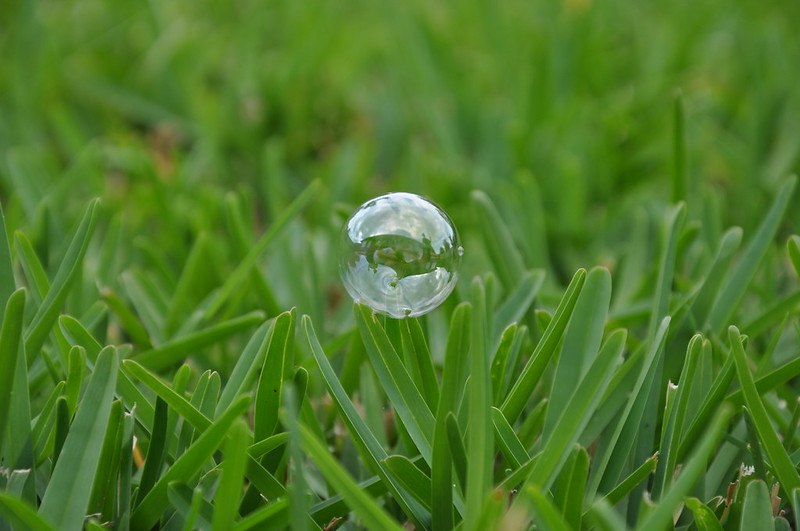
Photo Credit: Jay Morgan / Flickr / CC BY-ND 2.0
St. Augustinegrass looks gorgeous, stands up well to foot traffic, and is ideal in coastal areas because it handles the salty environment well. Downside? This grass will require moderate maintenance.
How to tell if you have St. Augustinegrass: This grass has a rich dark green color and coarse texture. St. Augustinegrass is spread by stolons.
- Classification: Warm-season grass
- Potential for Disease: High; could develop take-all root rot, gray leaf spot, fairy ring, brown patch, pythium root rot
- Shade Tolerance: Low to moderate
- Drought Tolerance: Moderate
- Foot Traffic Tolerance: Moderate
- Maintenance Needs: Moderate
- Mowing Height: 3.5 to 4 inches
- Spreads by: Stolons
Zoysiagrass
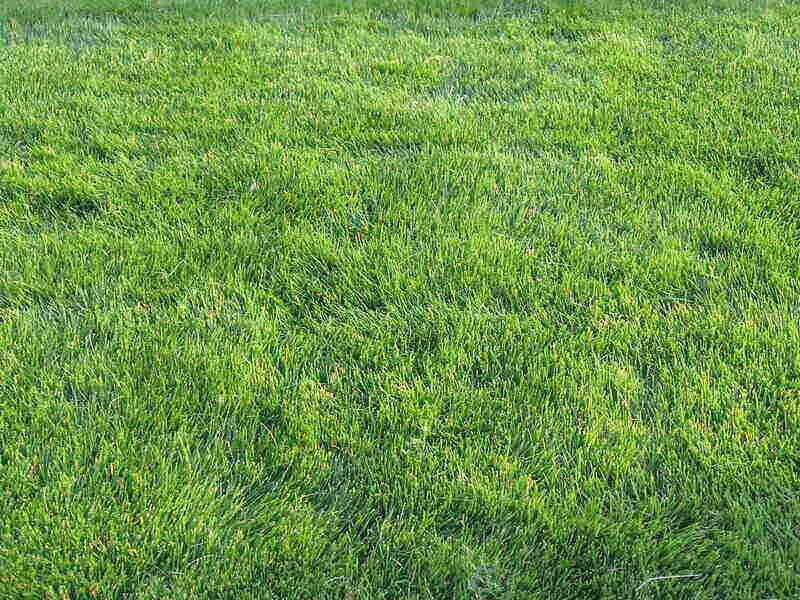
Photo Credit: Russbach at the English Wikipedia / Wikimedia Commons / CC BY-SA 3.0
Zoysiagrass is very drought-tolerant and can handle a lot of foot traffic. Additionally, it is generally a low-maintenance grass option but will require frequent mowing. Unfortunately, this grass is susceptible to lots of lawn diseases, but it does naturally resist weeds.
How to tell if you have Zoysia: This grass has pointy, narrow blades. This grass can look very fine, or it can appear to be very coarse, depending on the cultivar.
- Classification: Warm-season grass
- Potential for Disease: Moderate; may develop rust, brown patch, powdery mildew, dollar spot, pythium blight, fairy ring
- Shade Tolerance: Low to moderate
- Drought Tolerance: High
- Foot Traffic Tolerance: High
- Maintenance Needs: Low to moderate (requires moderate mowing)
- Mowing Height: 1 to 2 inches
- Spreads by: Rhizomes and stolons
Warm-Season Grasses Compared
Here’s a an easy-to-skim comparison of warm-season grasses, highlighting their foot traffic tolerance, drought-heat tolerance, maintenance, and disease susceptibility:
| Bahiagrass | Bermudagrass | Centipedegrass | St.Augustinegrass | Zoysiagrass | |
| Foot Traffic Tolerance | Moderate | High | Low | Moderate | High |
| Drought/Heat Tolerance | Very High | High | Moderate | Moderate | High |
| Maintenance | Low | High | Low | Moderate | Low to Moderate |
| Disease Susceptibility | Low Develops leaf spot | High Develops spring dead spot, dollar spot, large patch, leaf spot, rust | Moderate Develops large patch (aka brown patch) | High Develops gray leaf spot, take-all root rot, pythium root rot, brown patch, fairy ring | Moderate Develops brown patch, rust, dollar spot, powdery mildew, fairy ring, pythium blight |
How to Care for Warm-Season Grasses
To keep your warm-season grasses healthy throughout the year you’ll need to:
- Mow Your Lawn Regularly
- Water Your Grass
- Control Weeds
- Fertilize Your Lawn
- Aerate the Soil
- Dethatch Your Lawn
- Treat for Lawn Diseases and Lawn Pests
- Overseed When Needed
Mow Your Lawn Regularly
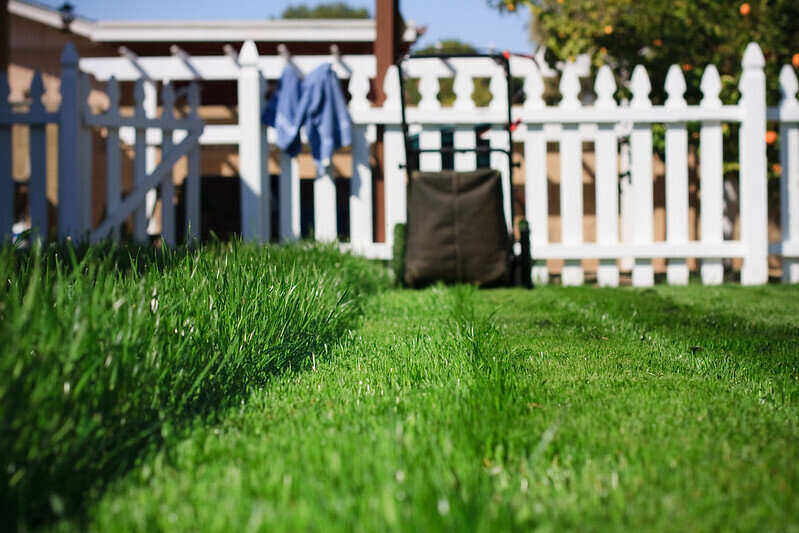
Photo Credit: sean hobson / Flickr / CC BY 2.0
Mowing your lawn is one of the most important lawn care and maintenance tasks. Consistent mowing keeps pests and lawn diseases at bay.
Before mowing season starts, sharpen your lawn mower’s blades – and keep them sharp. Here’s why: Cutting your grass with dull blades can put stress on your grass, making your lawn susceptible to pests and disease.
Mowing Frequency: Most warn-season grasses need to be mowed weekly, but check the details above for your particular grass type. Mow your grass until late fall when dormancy starts to set in, and the grass stops growing.
Mowing Height: As the growing season progresses, you will lower and raise your lawn mower’s blades to various heights. In summer, keep a higher grass height to avoid scalping and allow for more moisture to remain in your grass.
Rule of Thumb: Don’t cut more than ⅓ of the height of your warm-season grass. Additionally, mow your grass until late fall when dormancy starts to set in, and the grass stops growing.
Pro Tip: Keep your mower blades clean between cuttings, particularly if your grass has recently had a lawn disease. This will prevent the spread of disease to other parts of our grass.
If this all seems like way too much work and you don’t want to push your lawn mower around your yard, hire a lawn care pro near you.
Water Your Grass
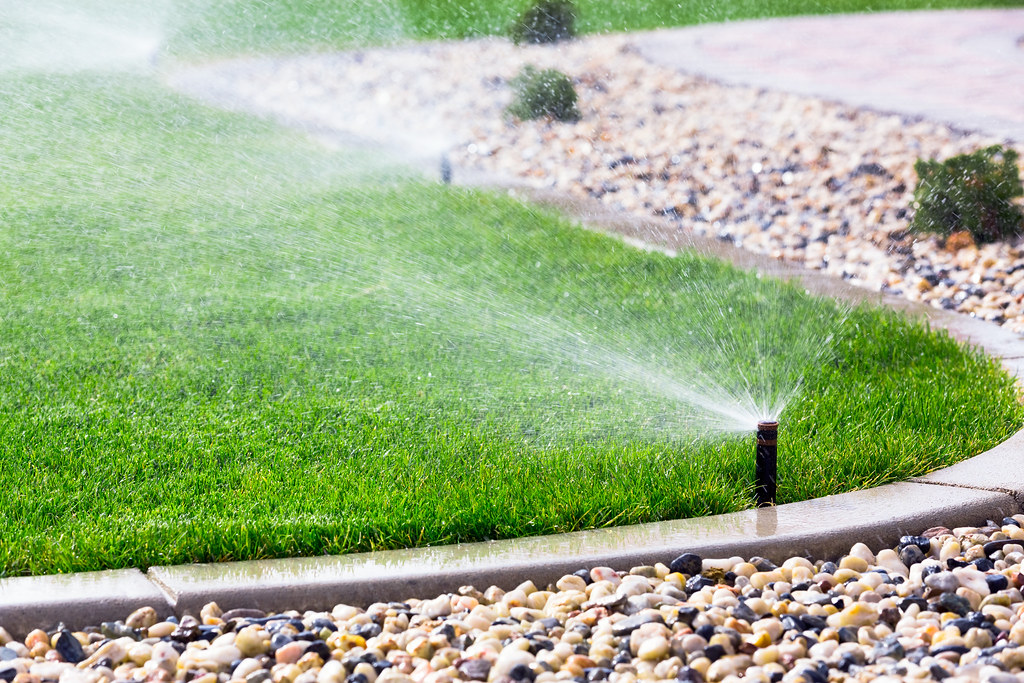
Photo Credit: Aqua Mechanical / Flickr / CC BY 2.0
Ensure that your warm-season grass gets about 1 to 1.5 inches of water from a combination of rain and your sprinkler system. Note and abide by any local watering restrictions.
Timing: Ideally, water your grass before 8 a.m. This will minimize the growth of disease and water from evaporating during warmer parts of the day before it penetrates the soil. Avoid watering in temperatures below 40 degrees, as this could damage the grass.
Pro Tip: If you want your grass to have a strong root system, water for longer periods less frequently.
Control Weeds
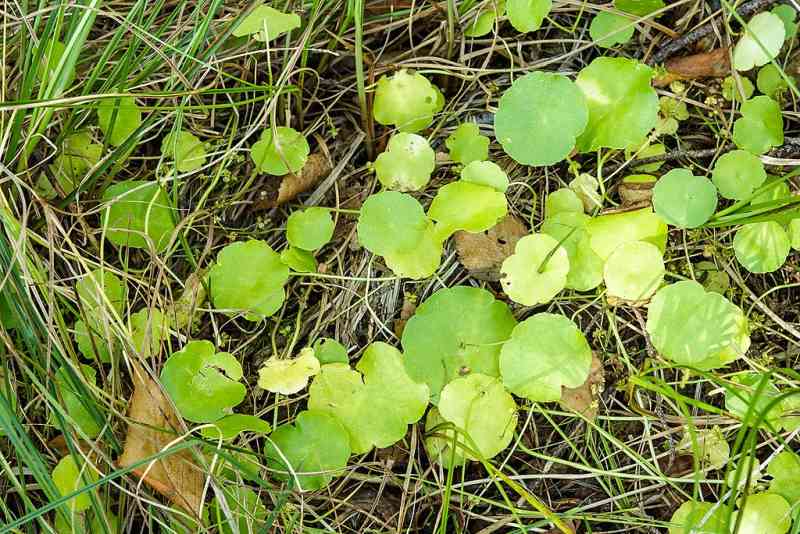
Photo Credit: Dariusz Kowalczyk / Wikimedia Commons / CC BY-SA 4.0
Weeds are another problem that could spring up in your lawn. How weeds damage your lawn: Weeds compete for nutrients that your grass needs.
Identifying the weed (or weeds) in your yard is the starting point for treatment.
With warm-season grasses, you may come across warm-season weeds, which include the following:
- Chamberbitter
- Doveweed
- Dollarweed
- Goosegrass
- Large crabgrass
- Nimblewill
- Sandbur
- Virginia buttonweed
- Yellow foxtail
You will need to treat these and other types of warm-season weeds with either a pre-emergent herbicide or post-emergent herbicide.
Pre-emergent herbicides attack weeds below ground before they germinate, blocking weeds from sprouting. Apply pre-emergent herbicides in spring when the soil temperature is around 55 degrees and in fall when temperatures are around 70 degrees.
Post-emergent herbicides are a spray-and-shoot option to get rid of weeds you see on your lawn. Apply post-emergent herbicides in summer (or whenever dandelions take up residence in your yard).
You can also get rid of weeds by pulling them up by hand. Wear garden gloves to keep your hands from getting dirty.
Fertilize Your Lawn
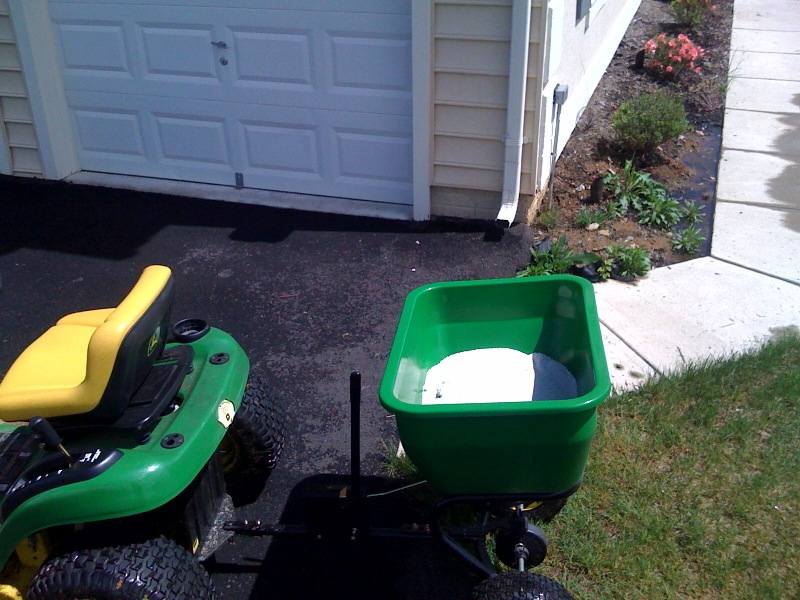
Photo Credit: Dion Hinchcliffe / Flickr / CC BY-SA 2.0
Apply fertilizer to feed your grass by giving the soil the nutrients it needs to help grass grow and maintain a healthy green color.
Something as simple as grass clippings can fertilize your grass, but you also may want to apply synthetic fertilizers for vibrant and healthy grass throughout the growing season.
Frequency: Every four to six weeks and even longer between fertilizing if you use slow-release fertilizers.
Pro Tip: The most important thing is that you don’t over-fertilize your grass because this could kill it and leave patches throughout your lawn.
Aerate the Soil
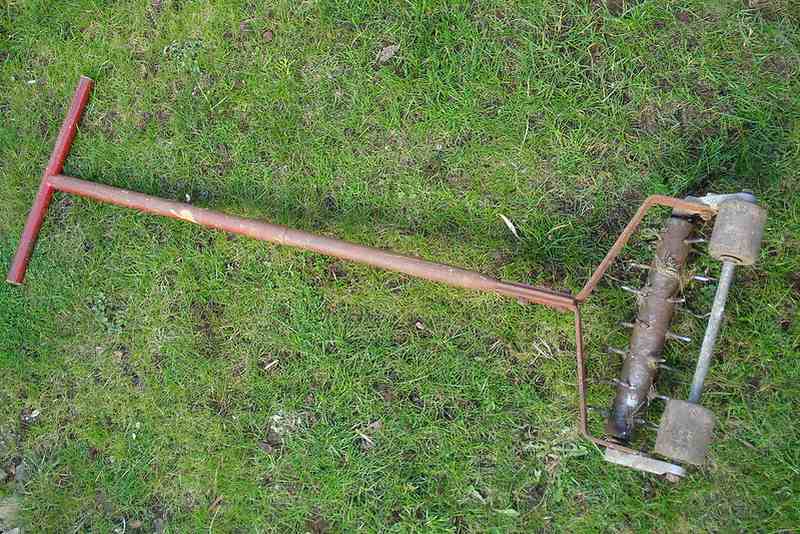
Photo Credit: allispossible.org.uk / Flickr / CC BY 2.0
Aeration minimizes soil compaction and is another way to ensure your grass and soil get all the needed nutrients, particularly air. How to aerate your soil: You can use an aeration tool, aeration shoes, or a spike to poke holes in the ground, loosening compacted soil and letting in more air.
Timing: For warm-season grasses, it’s best to aerate your lawn in summer.
Frequency: Aerate once a year for highly compacted soil types such as clay. However, if you have a sandy soil type, you may need to aerate your soil only every three years.
Dethatch Your Lawn
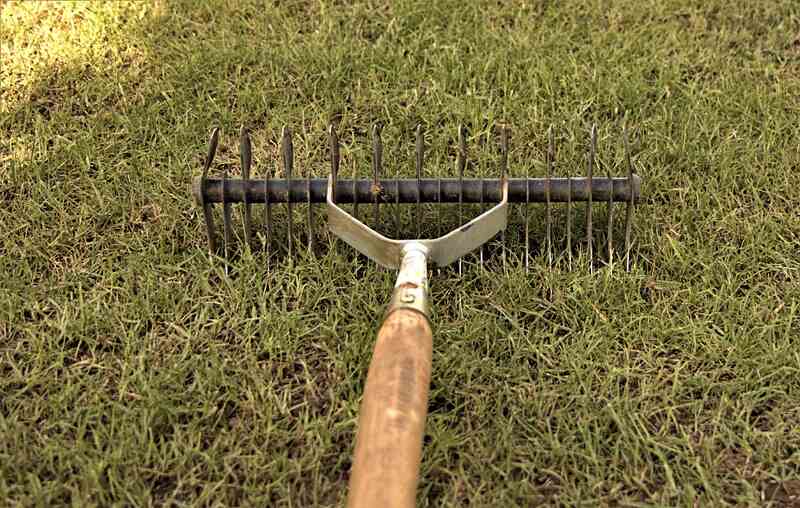
Photo Credit: Pixabay
If a small layer of dead and living organic matter builds up at the base of your grass, close to the soil, that is called thatch. This can make it hard for your grass to breathe.
What is dethatching? You must clear away this debris with a dethatching tool such as a rake or a mechanical tool.
Frequency: You should dethatch your grass at least every five years or when thatch gets thicker than 1 inch.
Pro Tip: If your lawn is prone to thatching, check for thatch annually.
Treat for Lawn Diseases and Lawn Pests
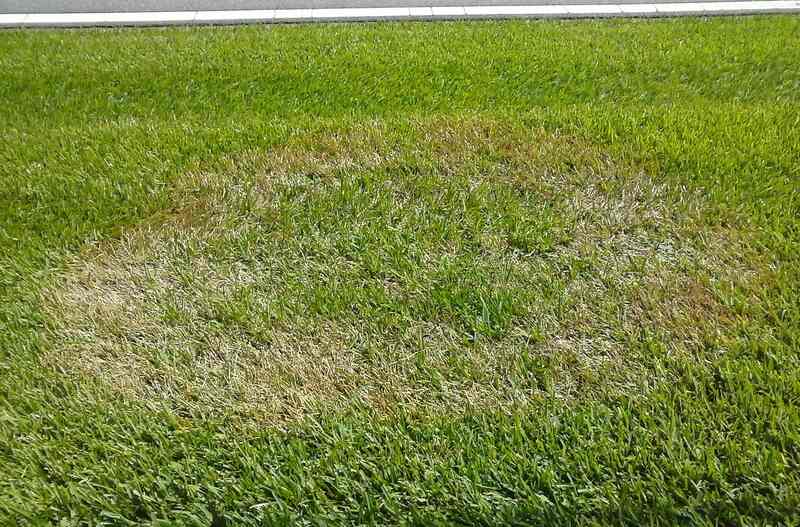
Photo Credit: Scot Nelson / Wikimedia Commons / CC0
Two of the most damaging threats to your grass are lawn pests and lawn diseases.
Grubs, for example, will feed on your grass until they become mature adults unless you treat them with pesticides. Grubs are the white larvae you see on your grass from beetles that may have infested your yard in the previous season.
Your grass also may be damaged by lawn diseases. Some lawn diseases attack the root, while others attack the leaf blades of your grass.
You will need to identify the lawn disease before applying a fungicide to eliminate the problem. Otherwise, applying the wrong treatment could create even worse problems.
Overseed When Needed
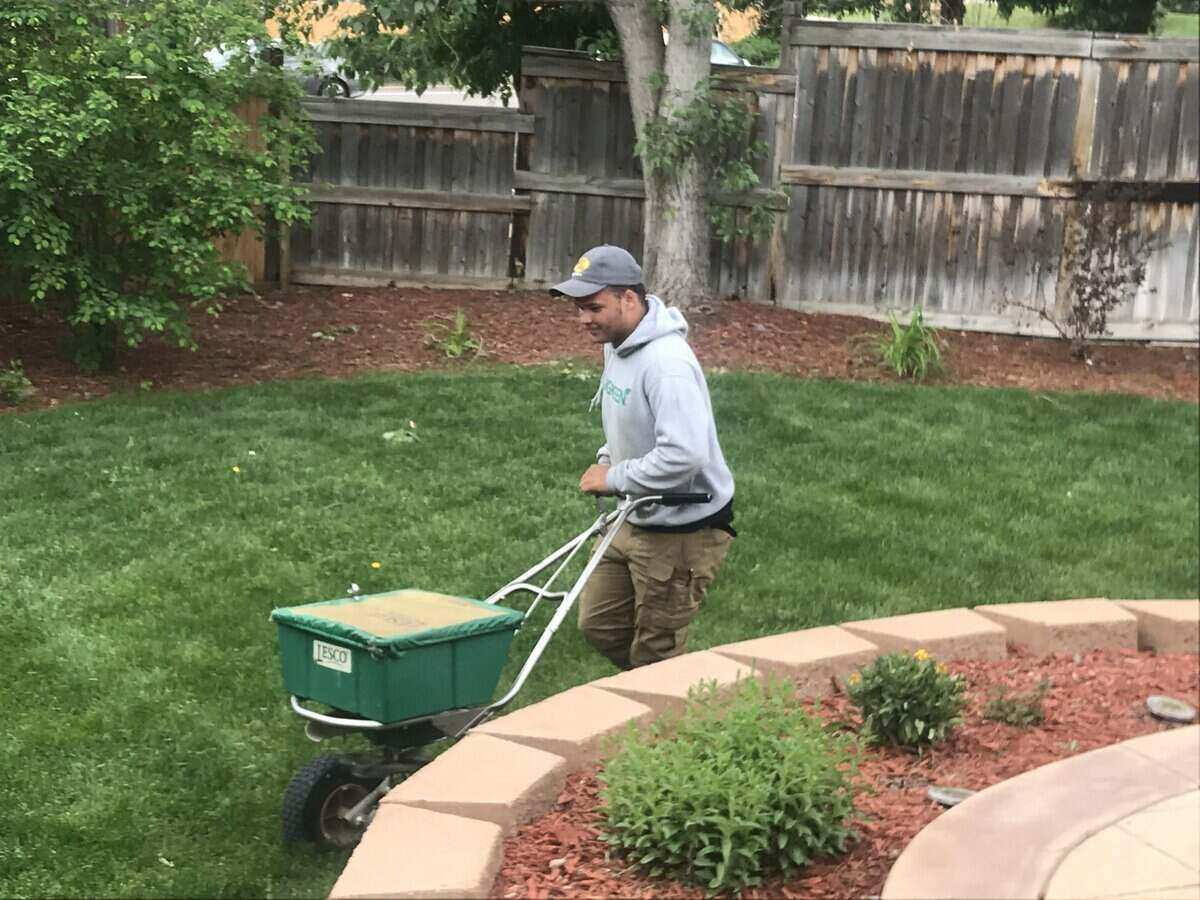
Photo Credit: Brenda Ryan / Wikilawn
Overseeding fills in patches and makes your lawn thicker and stronger. A patchy lawn can be the result of scalping or the result of some lawn disease or pest (armyworms, for example).
How to overseed your lawn: It’s best to overseed warm-season grasses with a cool-season grass such as perennial ryegrass.
Timing: Overseed your warm-season grass in mid-October to mid-November. This ensures your overseeded grass remains moist. By the time spring comes around, your lawn’s patches should be slowly disappearing as overseeded areas start to bloom.
In addition to pests, you may also start to see weeds more frequently in mid to late summer. As you see weeds, spot-treat them with a post-emergent herbicide.
FAQ About Warm-Season Grasses
Yes. It is possible to plant warm-season grasses in cool regions. However, since they thrive in temperatures between 75 and 95 degrees Fahrenheit, they will go dormant and turn brown when it gets too cold for these grasses. Once it warms up again, they will turn green.
No. Both warm- and cool-season grasses are susceptible to lawn diseases. They just may succumb to lawn disease at different times of the year.
For example, cool-season grasses may develop lawn diseases in summer, while warm-season grasses develop lawn diseases in late all through early spring.
Yes. Warm-season grasses tend to be more drought-resistant than many of the cool-season grasses. Also, note that some warm-season grasses are more drought-resistant than others.
When to Hire a Lawn Care Professional
Not every homeowner has a green thumb when it comes to taking care of grass. There are many rules to abide by to keep your warm-season grass looking its best.
If you’d rather not spend hours on yard work every week, turn over this task to a local lawn care pro who can regularly maintain your grass.
Main Photo Credit: Illustration by Juan Rodriguez